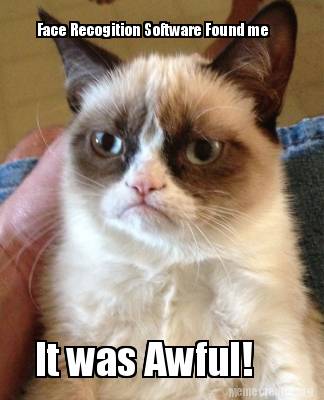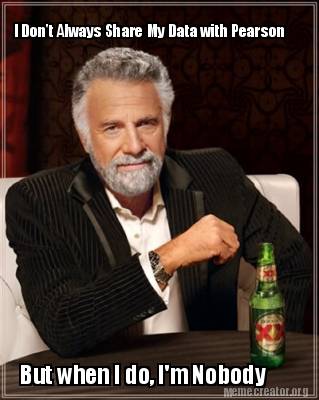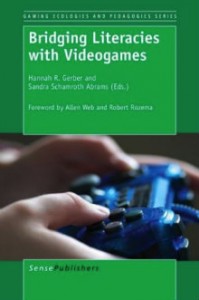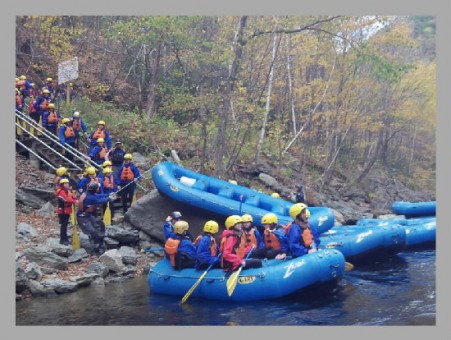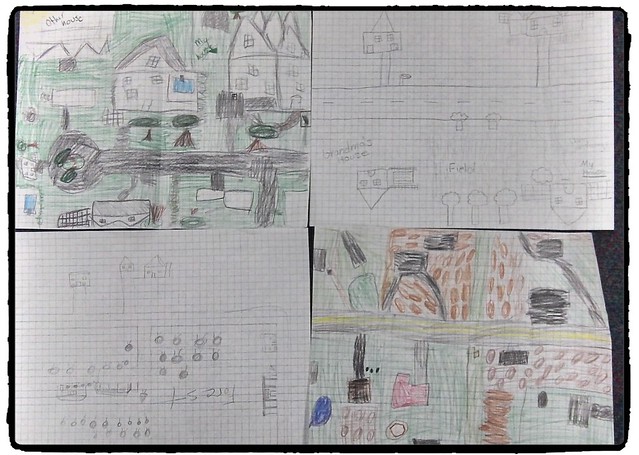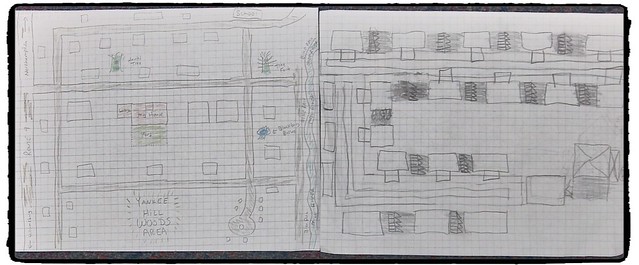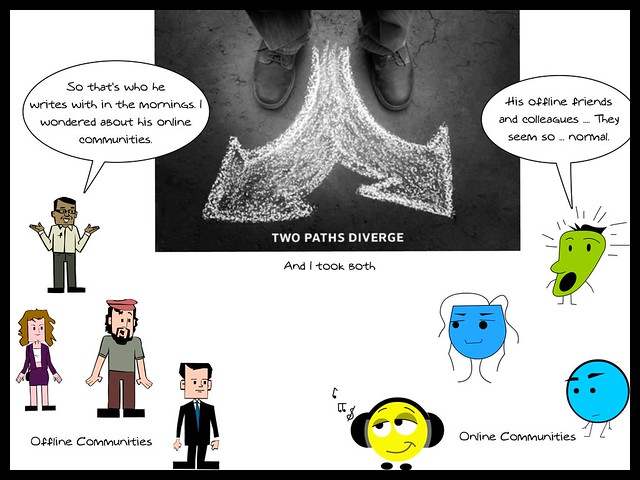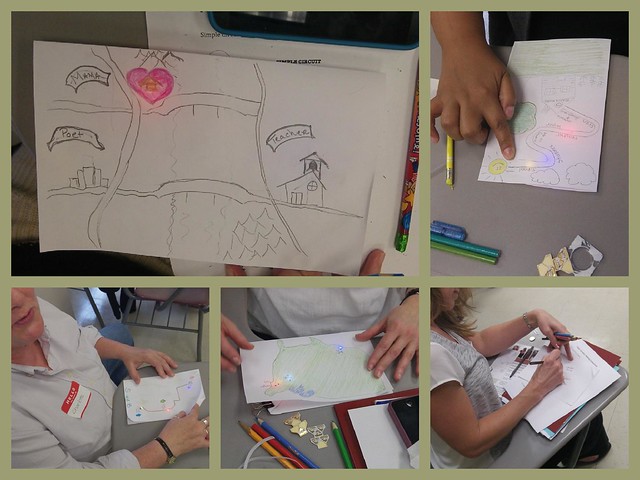I had the good fortune to sit in on a workshop at the Western Massachusetts Writing Project and the topic was how to use memes for literary analysis, with a look at poetry in particular. The presenter was a middle school teacher, Jacqueline Desmarais, and she had us looking at memes and then using them to analyze Emily Dickinson’s poem, I’m Nobody – Who Are You?. This piece speaks to fame, and privacy, so connects nicely to the issue of viral media in this modern age.
I’m Nobody! Who are you? Are you – Nobody – too? Then there’s a pair of us! Don’t tell! they’d advertise – you know! How dreary – to be – Somebody! How public – like a Frog – To tell one’s name – the livelong June – To an admiring Bog!
Jacqueline asked us to create a few memes, based on the poem itself, and here are two that I came up with, as rebuttals to privacy issues.
Next, we had to write an analysis of our meme creation, which is a smart way to bring thinking into the activity.
This is what I wrote:
I chose Grumpy Cat and Dos Equis man for my two memes inspired by the Emily Dickson poem, I’m Nobody. Staying within context and structure of the meme can be tricky, as you are fitting an idea into a prescribed slot. Plus, the visual literacy skills rise to the surface here. Add in the tone of humor or satire or sarcasm, and you notice rather quickly that tere’s a lot going on with composing a meme.
For the Grumpy Cat meme, I used the caption “Face Recognition Software Found Me …. It was awful.”
For the Dos Equis meme, I wrote, “I don’t always share my data with Pearson…. but when I do, I’m Nobody.”
I was aiming to get at the poem’s central idea of controlling your identity, and keeping that privacy sacred. In these times where corporations are leveraging technology and digital media, and social networking spaces, for their own financial gains, it is increasingly difficult to keep that privacy wall up, short of not participating in the technological revolution now underway. With our students, this is an issue, and teaching them about the benefits and the drawbacks of engagement with digital media and online spaces is a critical part of preparing them for the world.
We can do this without the fear tactics – of bringing in the district attorney’s office and state police units to talk about violations and legalities. We need to put the agency of privacy and identity into the hands of our students. They need tools. They need clear information. They need us to be on their side, and not always in a punitive manner. Using memes to help teach this lesson could be just one way into the digital composition.
What I was thinking was a natural extension from this lesson is the idea of a remix, of changing the tenor and tone of the meme, and for making their own localized memes – cultural references that only can be “read” by a local audience (school-based, for example). This would provide some intriguing discussions around the concept of viral information, in both the possibilities and the drawbacks.
Peace (in the meme),
Kevin
